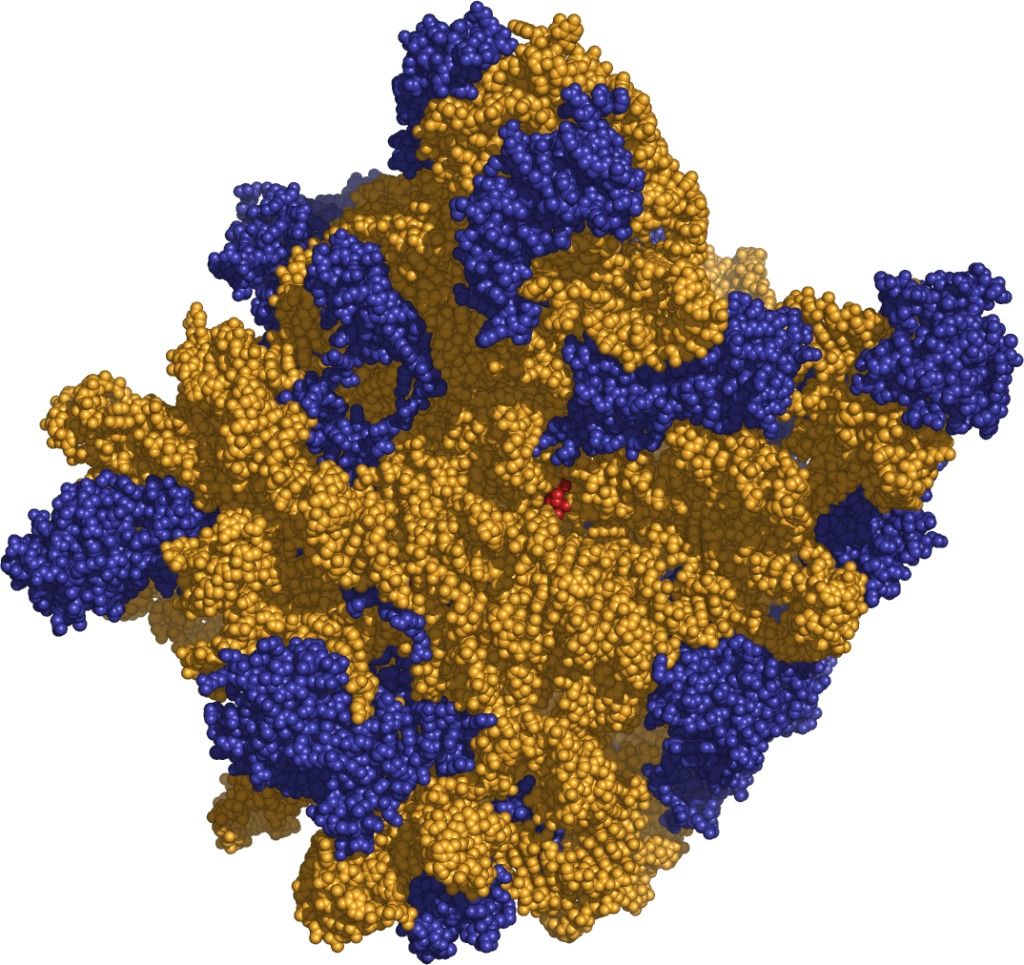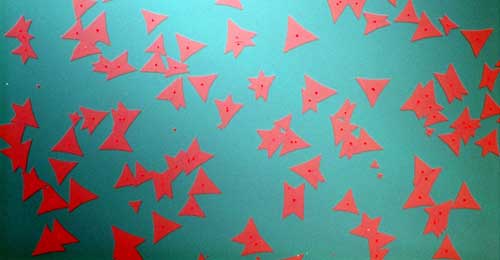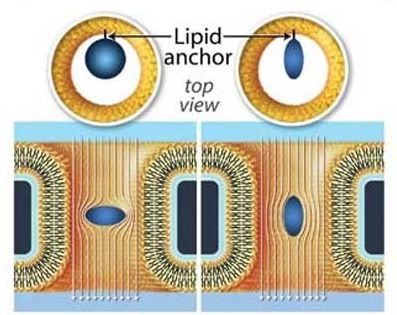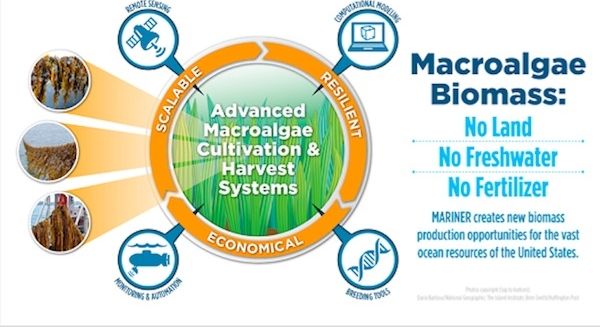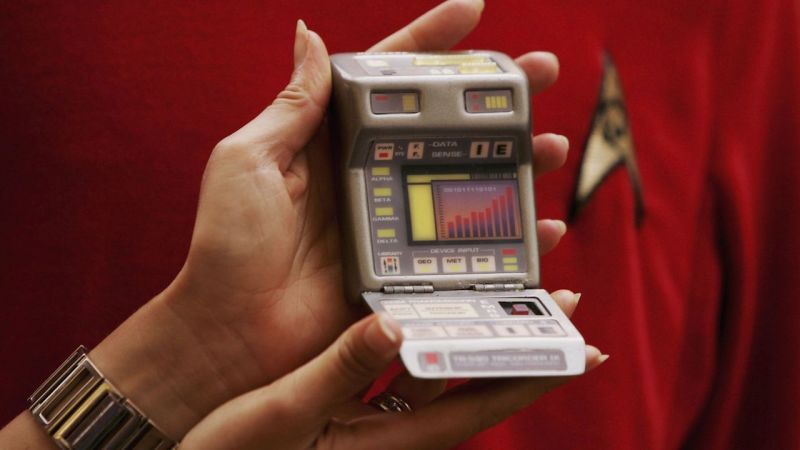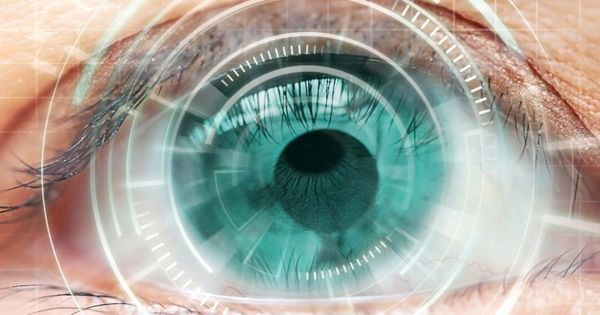Jan 17, 2017
Utah researchers use elephant genes to battle cancer
Posted by Karen Hurst in category: biotech/medical
I can say that I have seen it all with this for cancer research.
SALT LAKE CITY – Researchers at Huntsman Cancer Institute have successfully used synthetic elephant genes to battle human cancer cells.
The synthetic elephant genes are still in the early phases of research, according to HCI, but show promise.
Continue reading “Utah researchers use elephant genes to battle cancer” »

